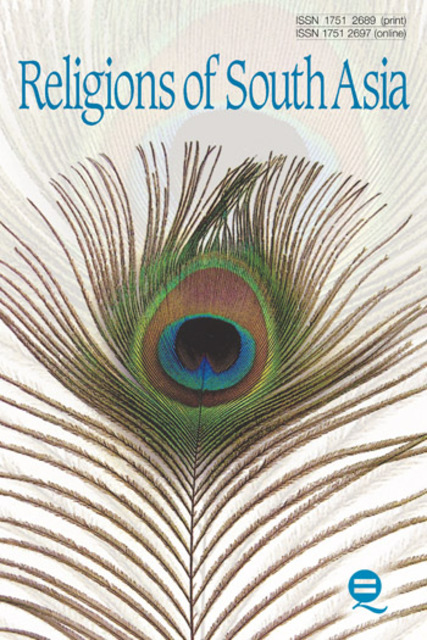Heterological Alternatives in the History of Religions

Full description
To conclude, the suggested homogenization of the West and of the history of religions may not be entirely accurate but it may be an effective strategy. It identifies a real lack, although that lack is not total, and in so doing it makes apparent an artificial pseudo-hegemony in the discipline and so calls for a reconstitution of the history of religions, reclaiming the constant but concealed presence of the romantic postmodern and non-Western polyvocality that has always already been within it. This requires the history of religions to truly listen to voices other than the dominant voice of the academy and it could help to reinstate a vital and relevant philosophy of religions informed by a reliable knowledge of the global history of religions. Mandair makes good his 2001 promise to promote scholarship as ‘a form of self-discovery, no less spiritual than political, no less therapeutic than classificatory’ (2001: 68–69). However, this is far from the only value of the work, which also makes a very significant step towards redressing the divide between religious studies and philosophy.
- typeImage
- created on
- file formatjpeg
- file size132 KB
- container titleReligions of South Asia
- creatorBryan Rennie
- issn1751-2697 (Online)
- rights holderEquinox Publishing Ltd.
- volume4.2
- doi
We use cookies to analyze our traffic. Please decide if you are willing to accept cookies from our website. You can change this setting anytime in Privacy Settings.
